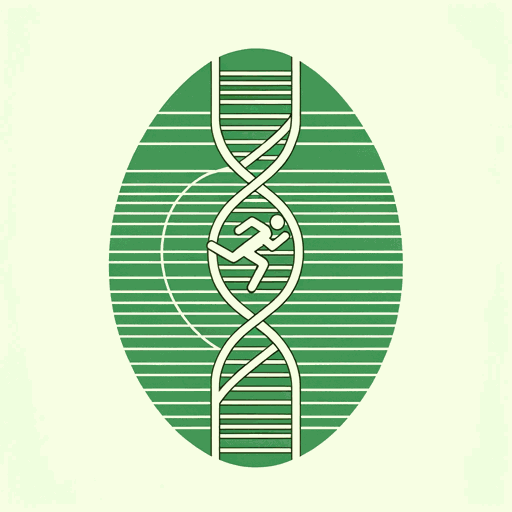50 pages • 1 hour read
David EpsteinThe Sports Gene: Inside the Science of Extraordinary Athletic Performance
Nonfiction | Book | Adult | Published in 2013A modern alternative to SparkNotes and CliffsNotes, SuperSummary offers high-quality Study Guides with detailed chapter summaries and analysis of major themes, characters, and more.
Chapters 10-13Chapter Summaries & Analyses
Chapter 10 Summary: “The Warrior-Slave Theory of Jamaican Sprinting”
Epstein takes the reader to Jamaica with scientist Yannis Pitsiladis, who, despite fundraising obstacles, dedicates his life to one goal: “untangling the factors, genetic and environmental, that have made a tiny island of three million into the world’s sprint factory” (159).
Many of the world’s elite sprinters come from Trelawny, a parish in the Jamaican northwest—also called Jamaica’s Cockpit Country. The unique cliff-filled topography once enabled enslaved people—many of them from “ethnic groups expert in warfare” from modern-day Ghana and Nigeria (164)—to escape there and form their own communities. In 1738, the Maroons (as they were called) triumphed over the British army and established their government. Today, many of the world’s fastest sprinters—including Usain Bolt and Veronica Campbell-Brown—come from this region.
One theory of Jamaican dominance in sprinting holds that the enslaved people who ended up in Cockpit Country were some of the best and strongest warriors, captured in Africa by rival communities and sold to Europeans as the “strongest and fittest” slaves (165). The Maroons would have been made up of only those individuals who survived the harsh trip across the Atlantic, the escape to Cockpit Country, and the military confrontations with colonizers. Therefore, one popular theory in Jamaica is that sprinters are descendant from this supremely strong and fit group of people and carry certain genetic advantages for sports.
Related Titles
By David Epstein


